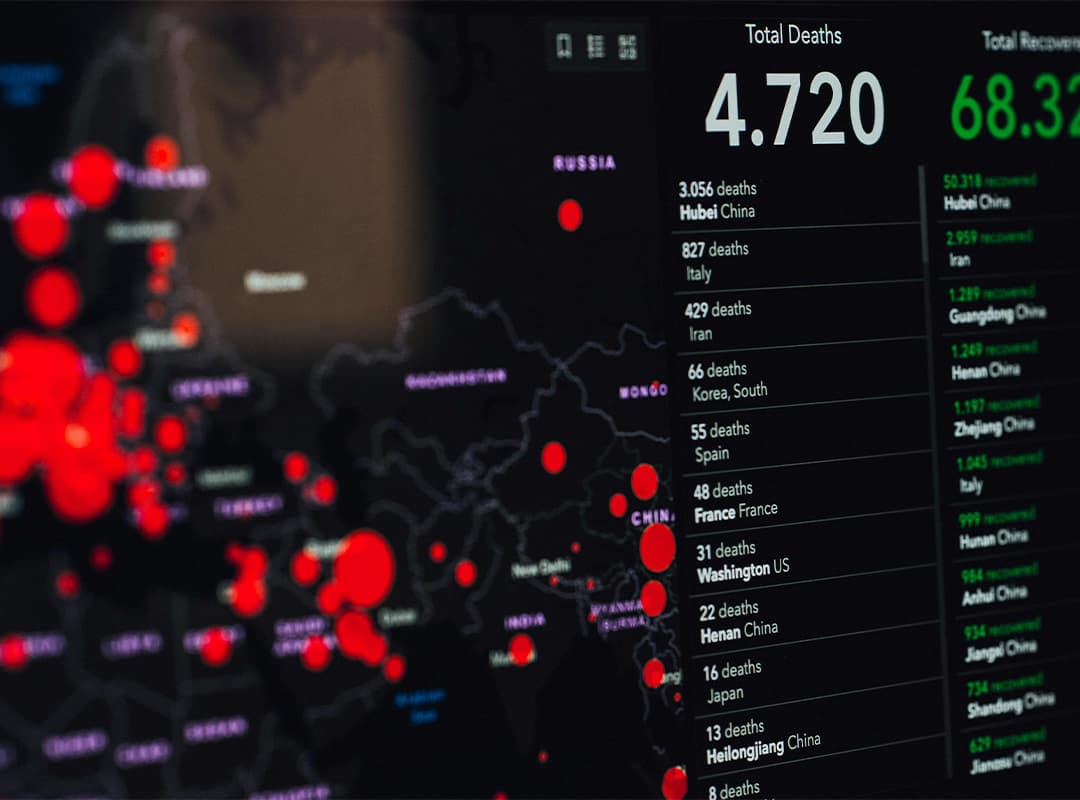Thanks to our expert analysis and access to important information, we follow every stage of the electoral process, revealing its key points and giving you the opportunity to deepen your understanding of events in this important country.
Dih Yak

Blog about election data analytics in Afghanistan

Thanks to our expert analysis and access to important information, we follow every stage of the electoral process, revealing its key points and giving you the opportunity to deepen your understanding of events in this important country.

We reveal the depth of the data so that you can get a complete picture of the Afghan election process and draw informed conclusions about its significance and implications.

Our analytics cover various aspects of the electoral process, from regional differences to voting trends of different social and demographic groups.

Our goal is to help uncover and understand emerging trends in electoral dynamics, recognize factors that influence voting outcomes, and promote an objective understanding of the electoral process in Afghanistan.

We use various methods of analysis, such as charts, graphs, tables, and statistical models, to provide our readers with a comprehensive overview of the electoral process.

Incumbent president Hamid Karzai swept electoral districts in the south, southeast and east. Karzai made inroads in the northern section of the country and won some of the northeastern districts close to what was the stronghold of the Northern Alliance.

Through our analysis, you can get answers to key questions about the country’s electoral processes and their impact on the future of Afghanistan.

We continue to actively study and analyze data to provide our readers with the most up-to-date and objective information about the election process in Afghanistan.

Our statistical materials allow our readers to better understand the situation in the country and draw informed conclusions about the political landscape.

Our statistics cover a variety of aspects, including voter turnout, distribution of votes among candidates and parties, distribution of seats, and demographic and geographic characteristics of voters.